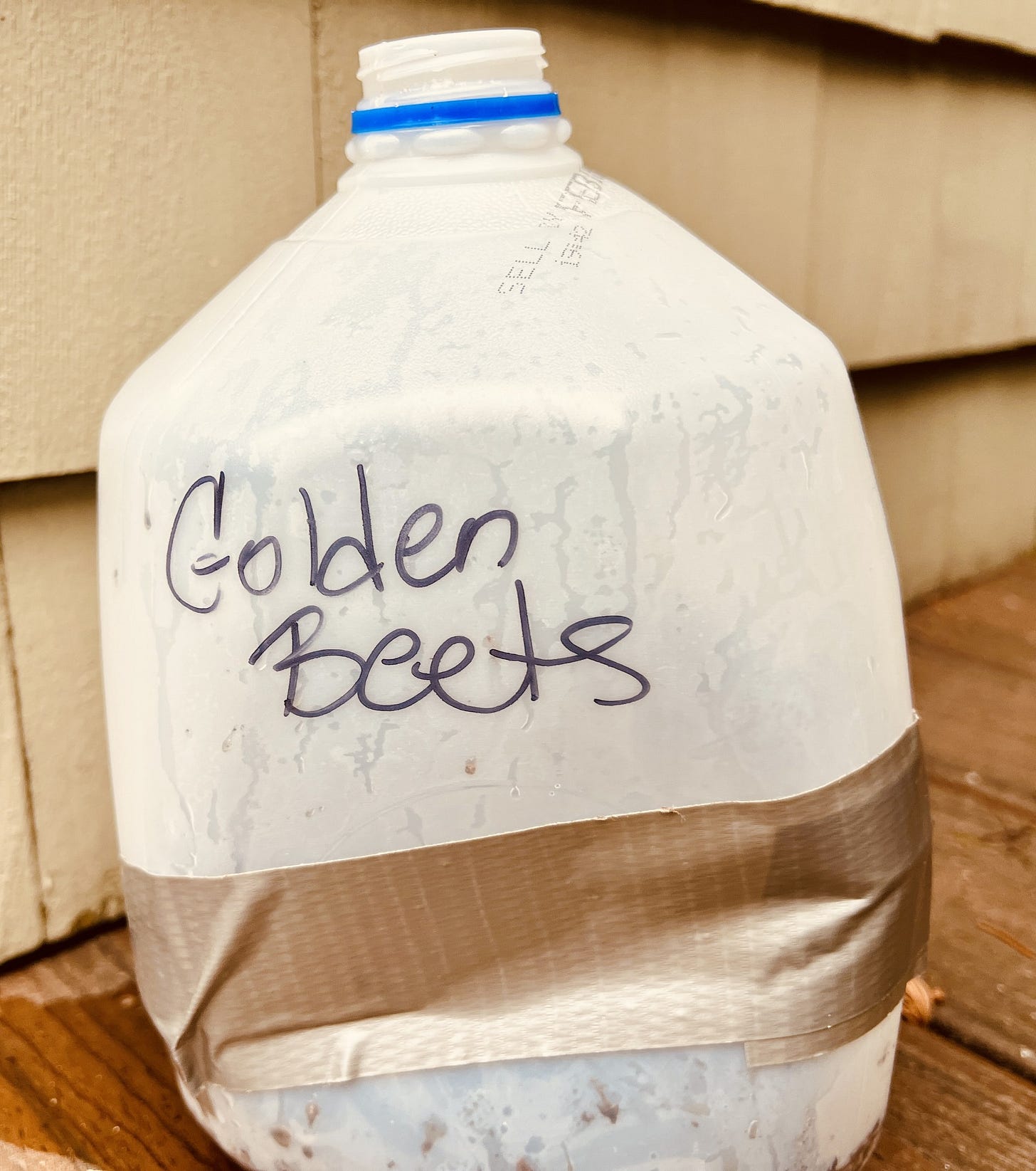
Hi, guys!
Yesterday, I sowed beet and parsley seeds in gallon-sized milk jug containers and set them outside in 32-degree weather. They’ll be fine out there (even under the 6.8 inches of snow predicted for tonight) and will likely gro…
Keep reading with a 7-day free trial
Subscribe to The Weekly Dirt with Jessica Damiano to keep reading this post and get 7 days of free access to the full post archives.


